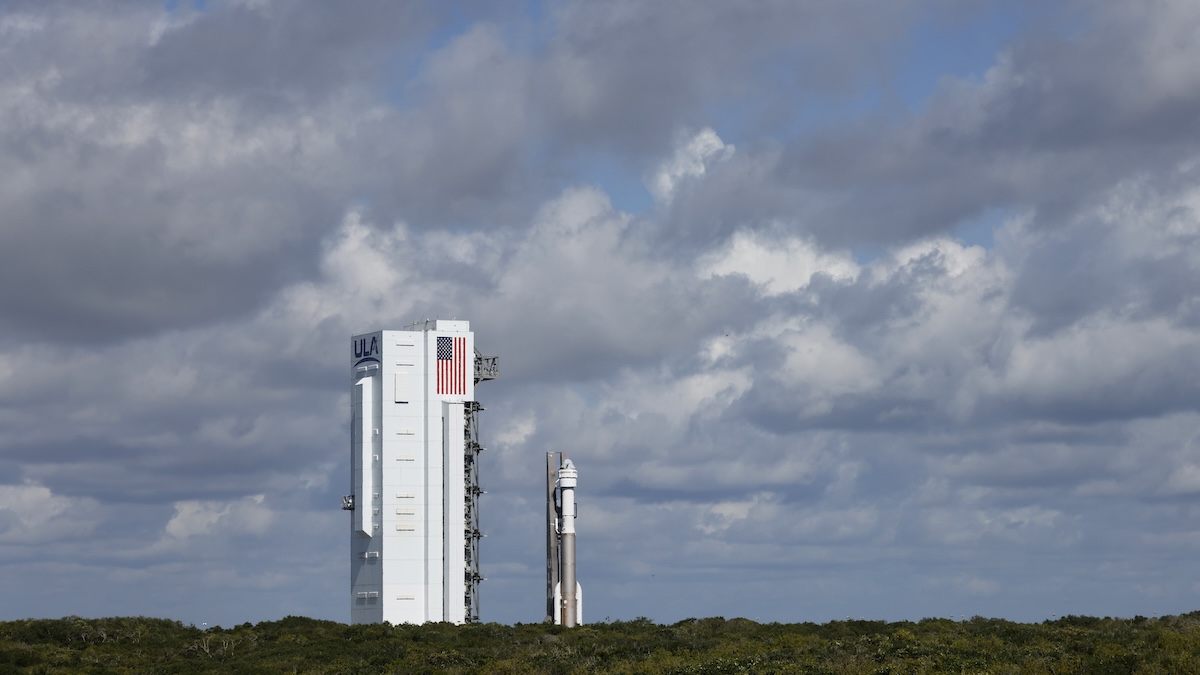Concerns have been raised about the safety of backseat passengers in minivans following new research and a recent series of crash tests.
The Insurance Institute for Highway Safety conducted the tests and found that the 2023 models of four popular minivans are not safe for those seated in the backseat, which are commonly children.
The nonprofit organization did not find the Toyota Sienna, Chrysler Pacifica, Kia Carnival or Honda Odyssey to have an "acceptable" or "good" safety rating while conducting a backseat safety test to determine how a passenger the size of a 12-year-old might withstand a head-on collision.
The Sienna, Pacifica, and Carnival received a "marginal" rating. The Odyssey's rating was "poor" due to a higher risk of head and neck injury for the rear passenger.
Get Connecticut local news, weather forecasts and entertainment stories to your inbox. Sign up for NBC Connecticut newsletters.
"The restraint systems in all four vehicles leave the second-row occupant vulnerable to chest injuries, either because of excessive belt forces or poor belt positioning,” said Jessica Jermakian, IIHS vice president of vehicle research. “That’s concerning because those injuries can be life-threatening.”
Research showed that fatal injury has become a greater risk for belted passengers in the second row of minivans than for those seated in front due to advancements in airbags and seat belts applied to that area of the vehicle, according to IIHS.
"It's not that the rear seat has gotten less safe over time, it's that the front seat has gotten so much safer by comparison," Jermakian said.
U.S. & World
That led the organization to develop and launch the updated moderate overlap front crash test for newer model vehicles last year, in which the rear occupant is monitored to see if the restraint systems keep them away from the hard surfaces of the vehicle during a collision.
To earn a "good" rating, there can't be excessive risk of injury to the head, neck, chest or thigh of the rear dummy. The rear dummy should remain correctly positioned during the crash, without sliding forward beneath the lap belt, known as "submarining," which can cause abdominal injuries.
The Sienna was the only one of the four minivans equipped with belt pretensioners and force limiters, which are designed to reduce belt forces, but the rear dummy still submarined, and the shoulder belt moved toward the dummy's neck.
"Many consumers choose minivans specifically to transport their families," Jermakian said. "So, it's disappointing that the automakers haven’t focused more attention on backseat safety in this vehicle class."
IIHS said the back seat remains the safest place in the vehicle for children, who are more easily injured by front airbags. The rating also does not apply to smaller children who are properly secured in safety seats.
Three of the four auto makers responded to CBS News' request for comment regarding the crash test ratings.
Stellantis, the maker of Chrysler, told CBS News that "No single test determines vehicle safety" and "every Stellantis model meets or exceeds all applicable federal vehicle safety standards."
Honda said, "IIHS' updated moderate overlap testing with new rear passenger metrics challenges models fully engineered prior to the introduction of the new test mode, as seen by the results for each of the models included in the most recent minivan evaluations. The all-new 2023 Accord, by comparison, led IIHS' moderate overlap testing of midsize sedans, as the only of seven models tested to score GOOD in all rear passenger injury measures."
Kia responded, "all Kia vehicles sold in the United States meet or exceed federal motor vehicle safety standards. Occupant protection is complex and involves a diverse range of variables, and Kia is proud of its strong safety record and integrity of its products."
NBC has reached out to Toyota for comment.



